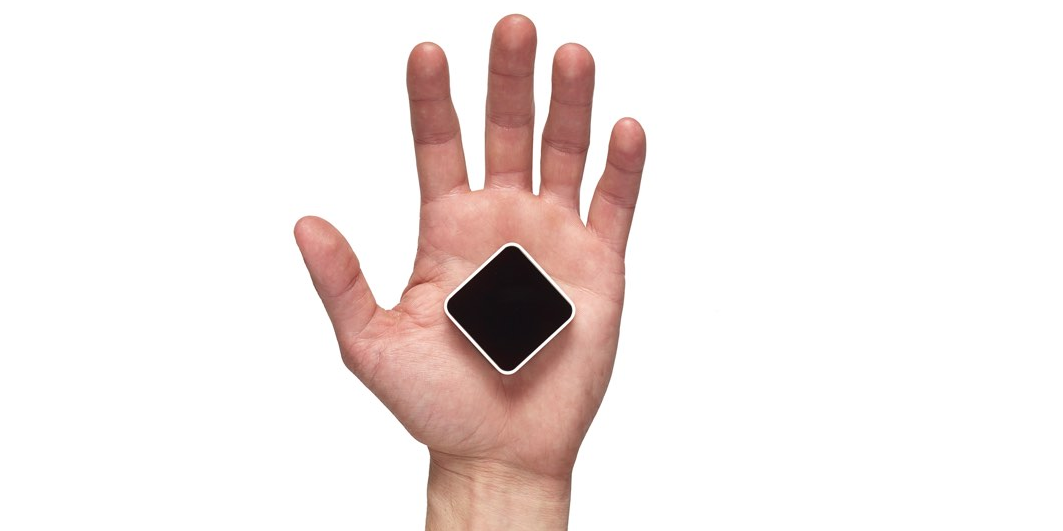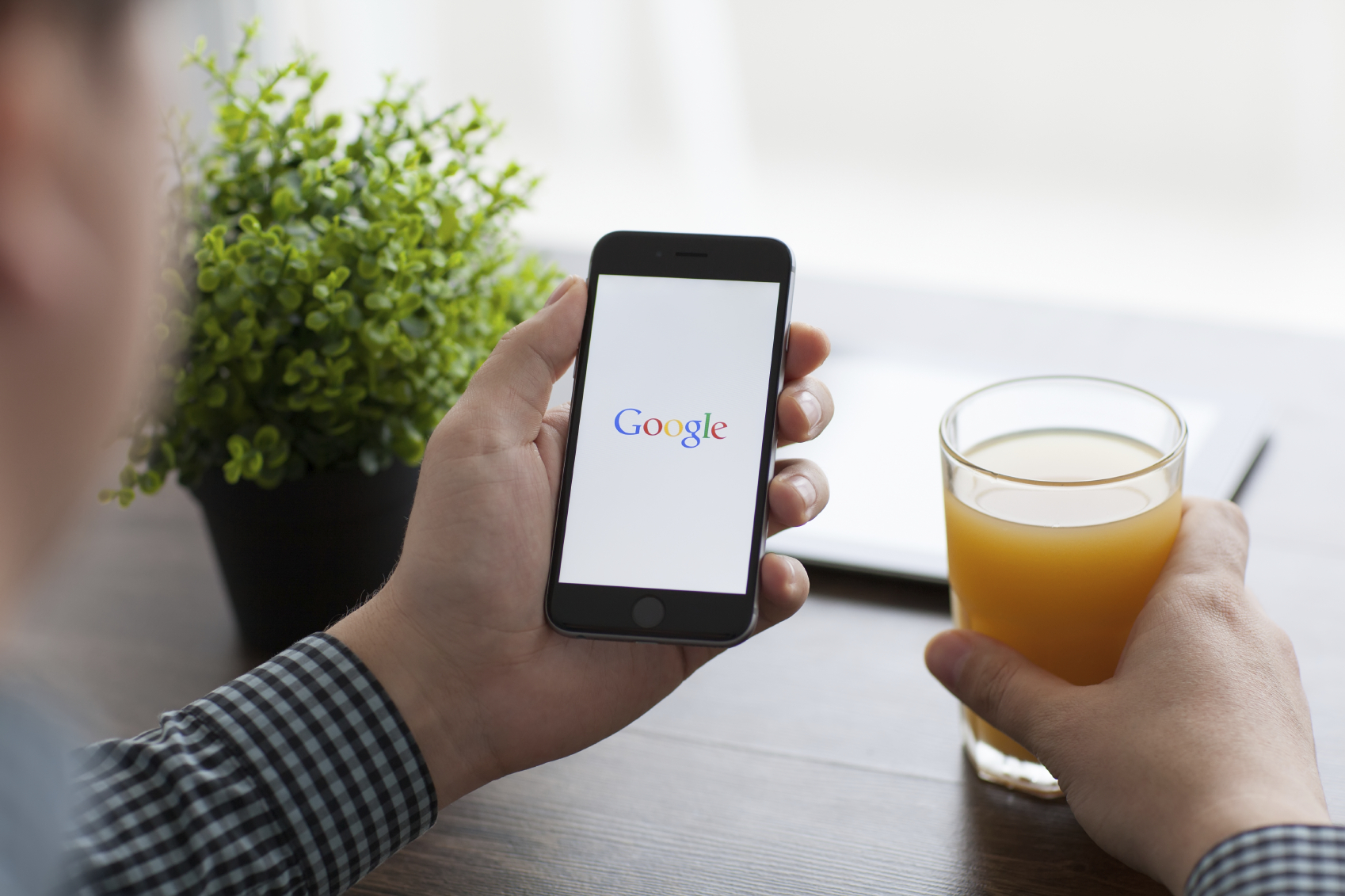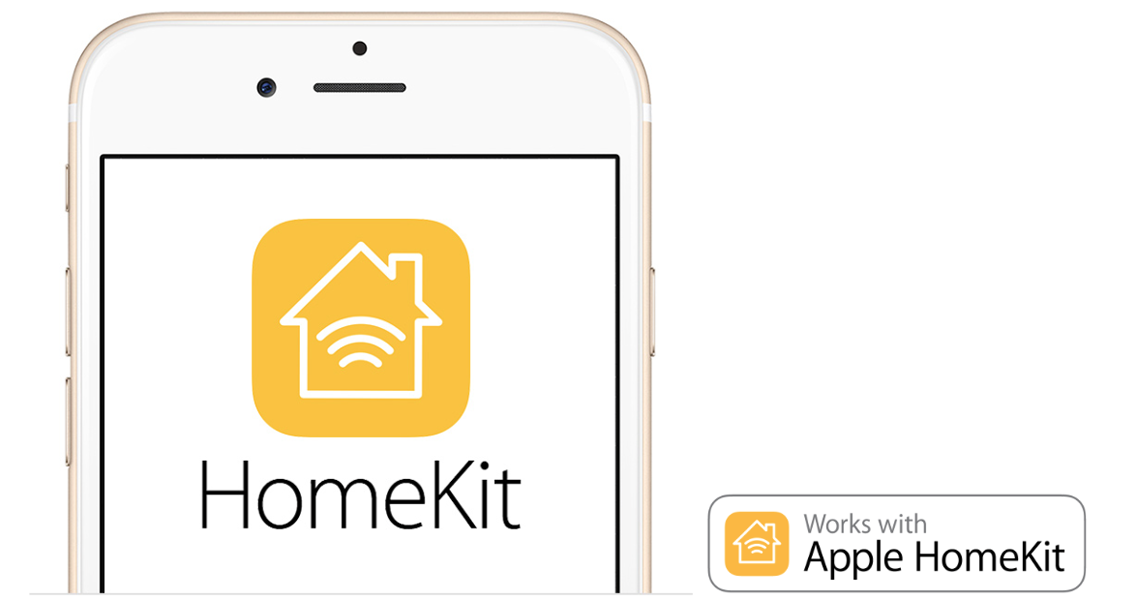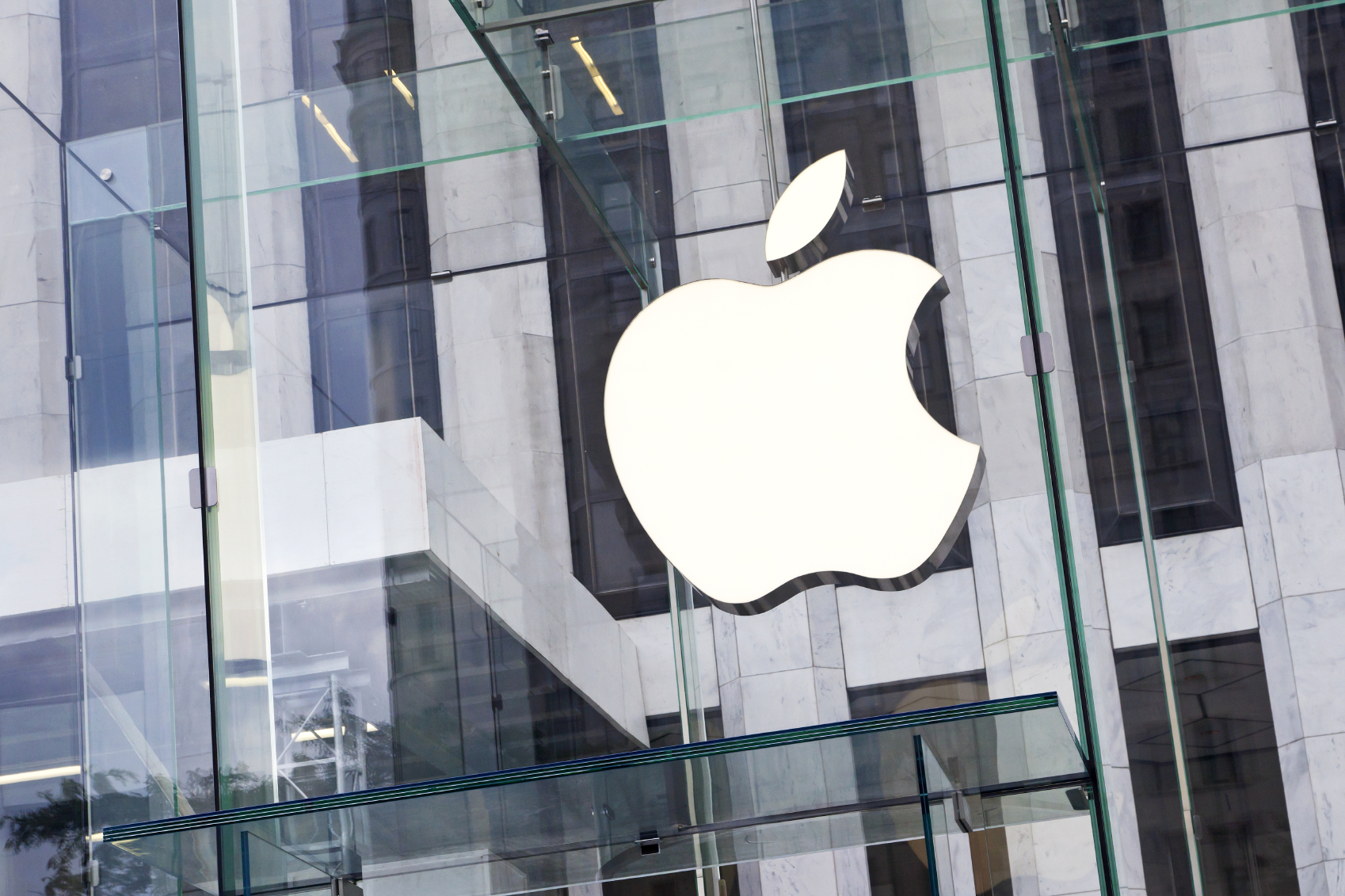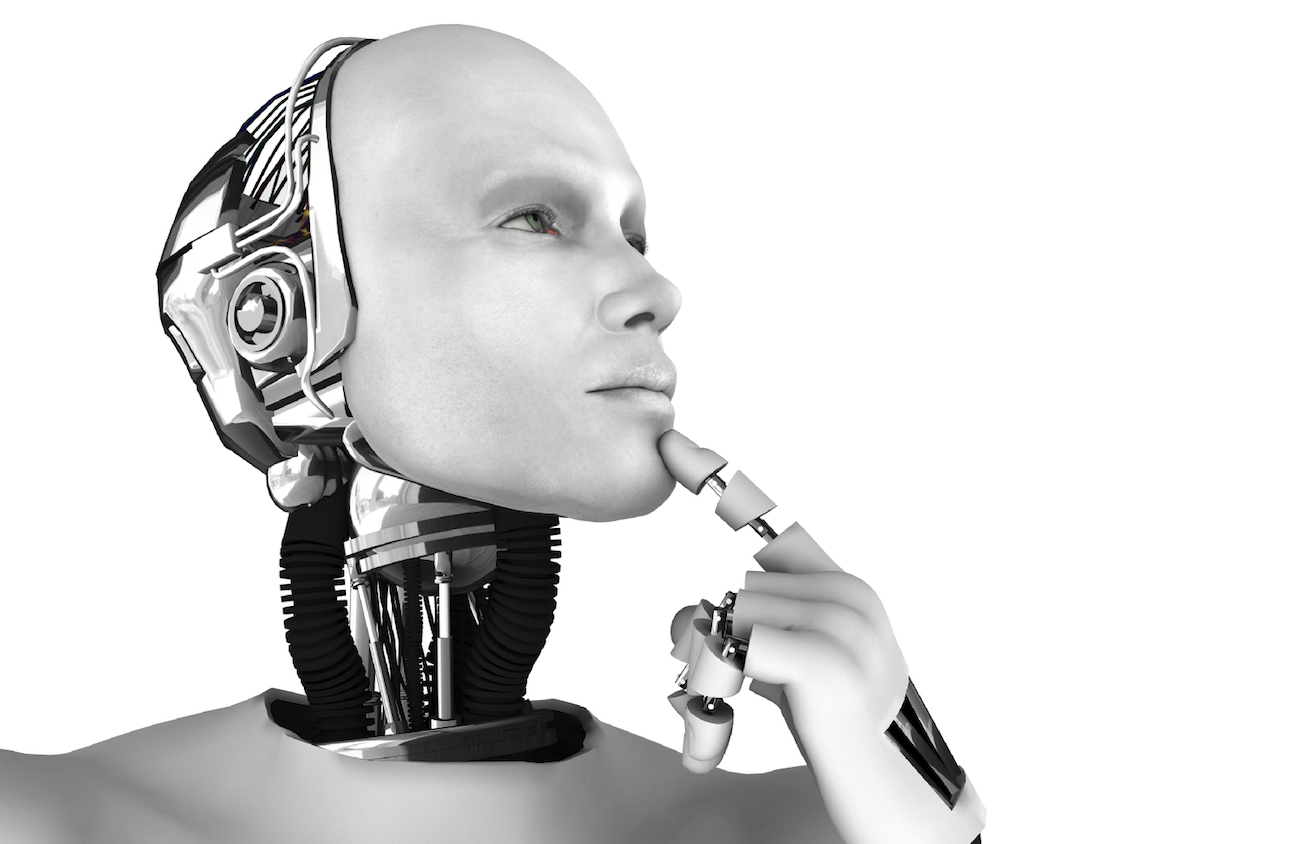What Happened
Door sensors have long been a common item in smart home installations for security and surveillance purposes. Now a Syracuse-based startup named Density is putting them to work for businesses. The company offers a smart door sensor that monitors the real-time population of places, such as restaurants, bars, gyms, and retail centers, and shares the information via the cloud on its mobile apps. It also provides businesses with a “Requested” service that will allow customers to request a discount once a certain low-traffic threshold is reached.
What Brands Can Do
Placed in storefront entrances, the Density sensor can measure the in- and outflow of people—giving business owners and retail brands a great amount of data on foot traffic and producing insights that can turn into smarter business planning. More importantly, Density points to the undervalued versatility of the connected devices, the majority of which are currently being developed for smart home automation. As the Internet of Things continues to evolve, we expect more business-oriented use cases for such gadgets to pop up, improving and streamlining the in-store experience to the benefits of both brands and customers.
Source: PSFK
Header image courtesy of Density
